Molten salt storage in concentrated solar power plants could meet the electricity-on-demand role of coal and gas, allowing more old, fossil fuel plants to retire.
By Robert Dieterich
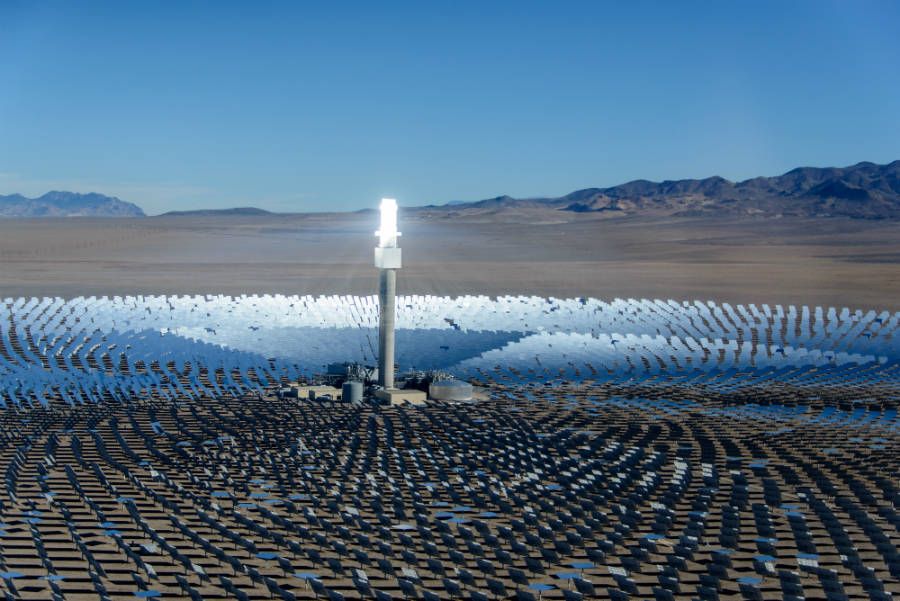

3D printers are revolutionizing manufacturing by allowing users to create any physical shape they can imagine on-demand. However, most commercial printers are only able to build objects from a single material at a time and inkjet printers that are capable of multimaterial printing are constrained by the physics of droplet formation. Extrusion-based 3D printing allows a broad palette of materials to be printed, but the process is extremely slow. For example, it would take roughly 10 days to build a 3D object roughly one liter in volume at the resolution of a human hair and print speed of 10 cm/s using a single-nozzle, single-material printhead. To build the same object in less than 1 day, one would need to implement a printhead with 16 nozzles printing simultaneously!
Now, a new technique called multimaterial multinozzle 3D (MM3D) printing developed at Harvard’s Wyss Institute for Biologically Inspired Engineering and John A. Paulson School of Engineering and Applied Sciences (SEAS) uses high-speed pressure valves to achieve rapid, continuous, and seamless switching between up to eight different printing materials, enabling the creation of complex shapes in a fraction of the time currently required using printheads that range from a single nozzle to large multinozzle arrays. These 3D printheads themselves are manufactured using 3D printing, enabling their rapid customization and facilitating adoption by others in the fabrication community. Each nozzle is capable of switching materials at up to 50 times per second, which is faster than the eye can see, or about as fast as a hummingbird beats its wings. The research is reported in Nature.
“When printing an object using a conventional extrusion-based 3D printer, the time required to print it scales cubically with the length of the object, because the printing nozzle has to move in three dimensions rather than just one,” said co-first author Mark Skylar-Scott, Ph.D., a Research Associate at the Wyss Institute. “MM3D’s combination of multinozzle arrays with the ability to switch between multiple inks rapidly effectively eliminates the time lost to switching printheads and helps get the scaling law down from cubic to linear, so you can print multimaterial, periodic 3D objects much more quickly.”
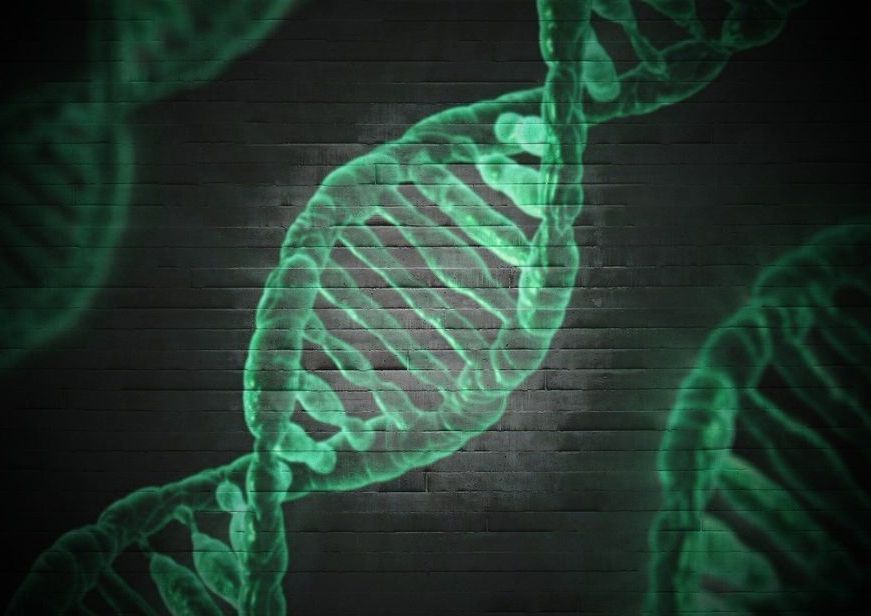
Scientists at the University of Birmingham have unravelled the genetic mechanisms behind tiny waterfleas’ ability to adapt to increased levels of phosphorus pollution in lakes.
By mapping networks of genes to the physiological responses of ancient and modern waterfleas (Daphnia), the researchers, based in the University’s School of Biosciences, were able to show that a cluster of over 800 genes, many of them involved in metabolic processes, evolved to become “plastic”, or flexible.
This allows the modern Daphnia to adjust its gene expression according to the amount of phosphorus present in the environment. This is particularly fascinating as their 700-year-old ancestors were incapable of such a plastic response.

“Federal health officials say the numbers of antibiotic resistant bacteria much worse than previously thought the centers for disease control warned in twenty thirteen that poor stewardship of antibiotics was causing more infections that couldn’t be treated a new report today says those cases have double billions are affected and tens of thousands dying in the U. S. alone the CBC’s Michel Craig ads proper use of antibiotics is key and that just because you have a cold it doesn’t mean you need them but take them if you do taking antibiotics as prescribed by your doctor when to start them when to stop them don’t demand an antibiotic and then you can also follow the you know the common sense prevention and then brown fox”
KNSS.
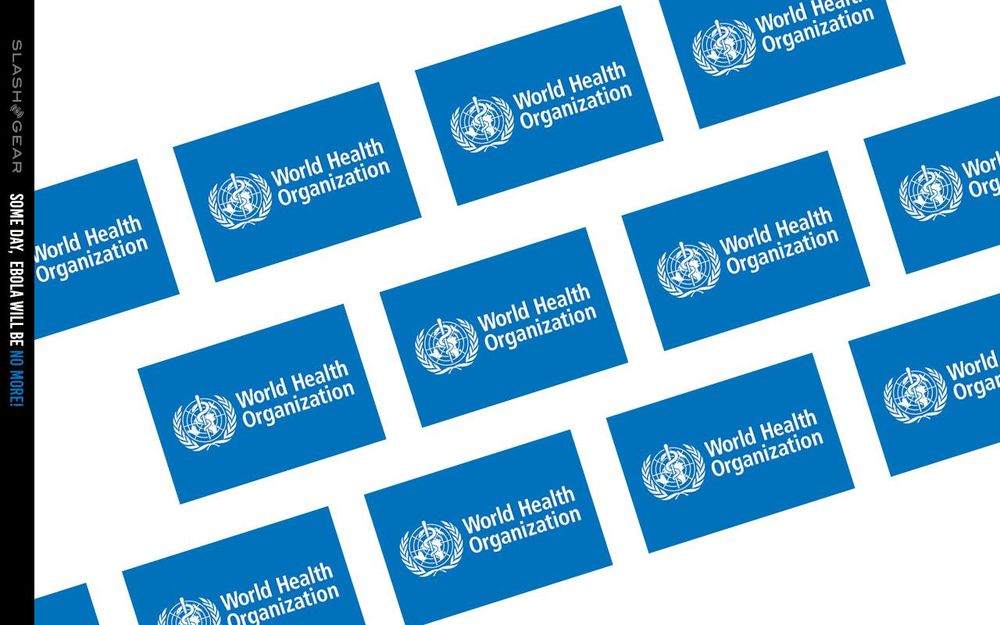
Ebola is now officially preventable and treatable. Today the World Health Organization (WHO) prequalified an Ebola vaccine for the first time in the history of the world. The Ervebo vaccine is now recommended by the WHO Strategic Advisory Group of Experts (SAGE) as a key tool in treating Ebola, as it’s been officially shown to be effective in protecting humans from the Ebola Zaire virus.
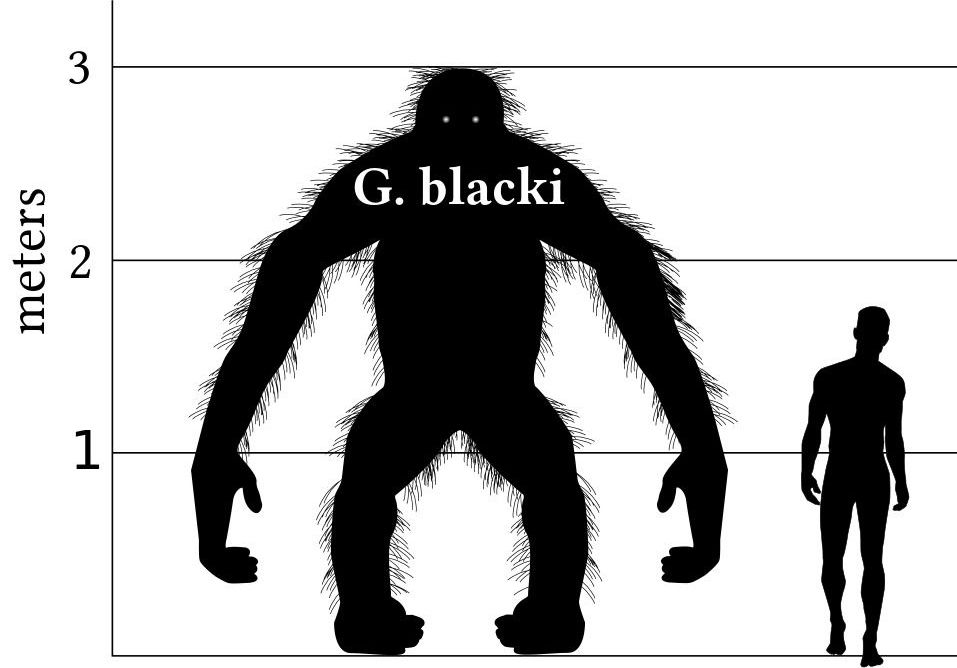


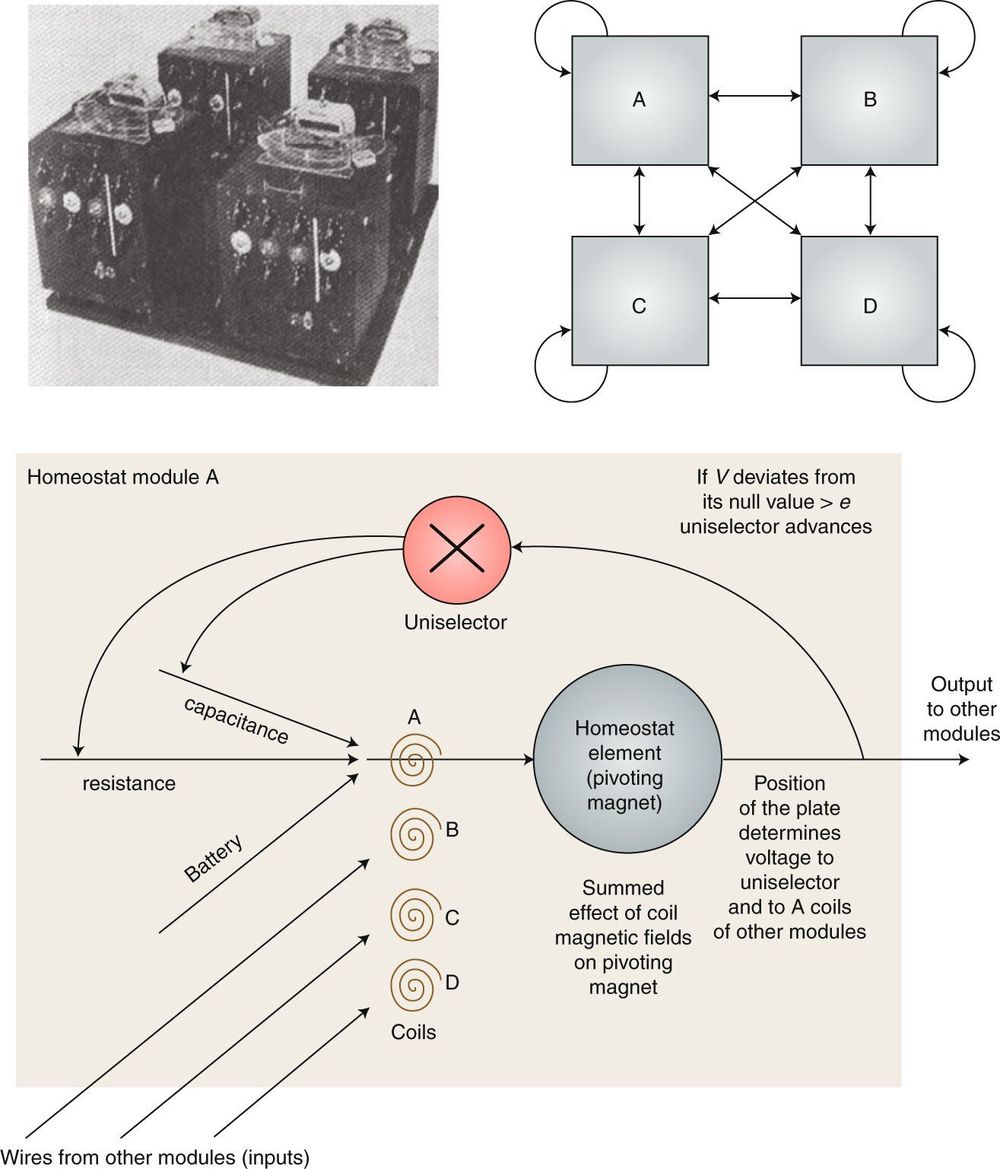
Could robots with feelings be the next step in AI? A research paper discusses an interesting approach to robot design. It is titled “Homeostasis and soft robotics in the design of feeling machines” in Nature Machine Intelligence.
No need to see the robot as an enemy just because it takes on a robotic version of human feelings; the train of thought that the authors take is a distance away from fear and trembling by some futurists who ponder robots turning against their masters in an upside-down switch of master-servant roles.
Rather, Kingson Man and Antonio Damasio, the authors, choose to focus on machines acquiring homeostasis. Man and Damasio are with the Brain and Creativity Institute, University of Southern California, Los Angeles.